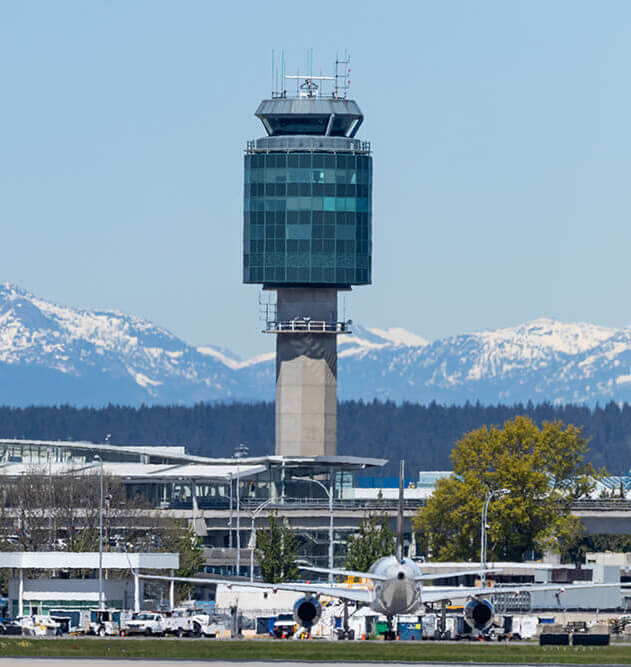Case Studies
Identifying & reducing complexities

Issue identified during NOSS
A particular sector had an anecdotal reputation (amongst those who worked the airspace) as being unstructured and challenging, though there was little information available in the SMS to substantiate this reputation. NOSS data indicated that more threats, consequential threats, errors and undesired states were noted in this sector than in other airspace. This data, much of it collected by observers from outside the sector, substantiated the sector’s reputation and provided some details on the complexities. Specifically, controllers spent a significant amount of time dealing with parachute operations, managing conflictions, and providing approach services to smaller airports, which often necessitated coordination with adjacent sectors due to a lack of airspace.
Response to findings
The NOSS findings prompted a review of the airspace, which led to several changes intended to simplify the airspace, including:
- The introduction of dedicated parachute jump areas, which allowed for parachute aircraft to be cleared into / out of the jump area instead of actively managed.
- The introduction of a circular flow structure to reduce conflictions.
- The expansion of the confines of the airspace to allow for more options/flexibility when working aircraft into smaller aerodromes near the sector boundaries.
Follow-up NOSS findings (three years later) showed a reduction of in the TEM metrics which were elevated during the initial NOSS. Anecdotal reports also indicated that the challenges presented by the airspace had improved.

